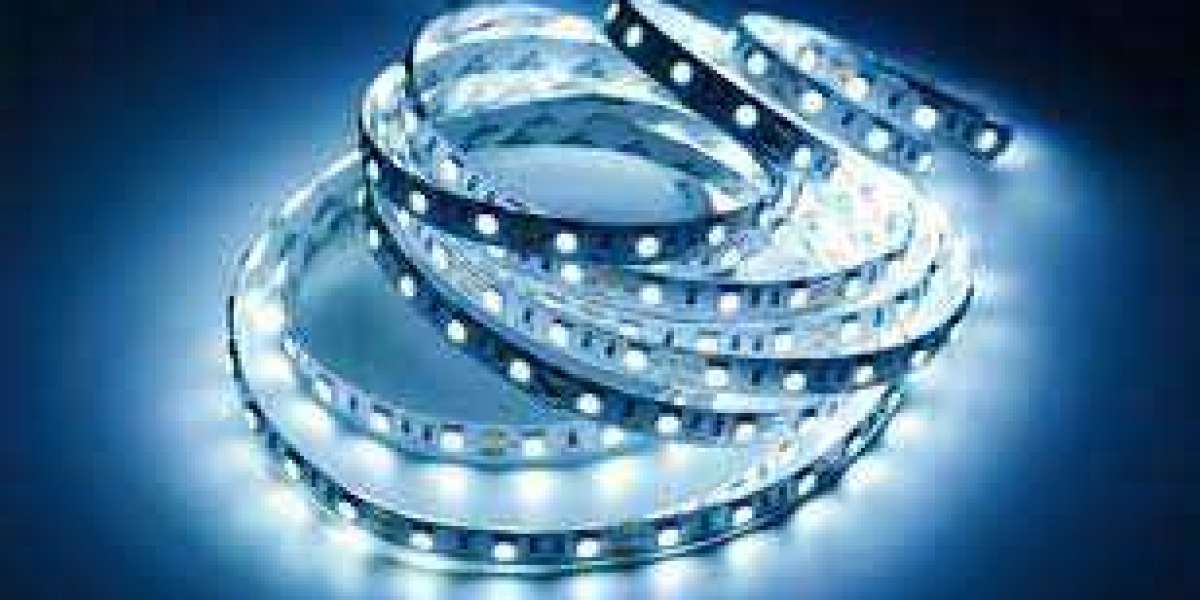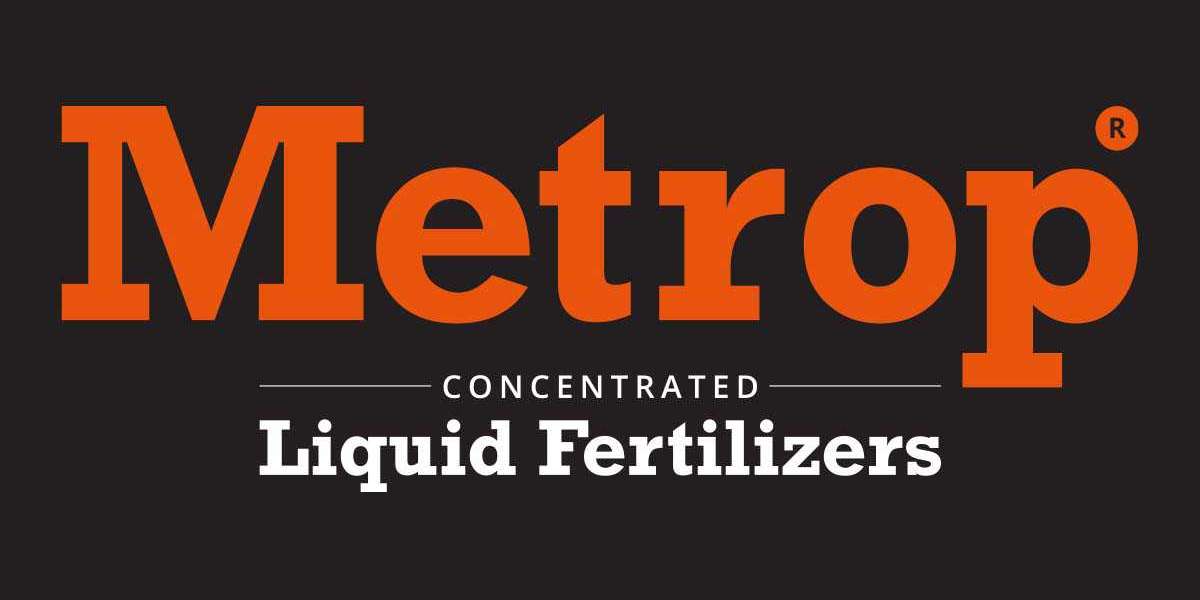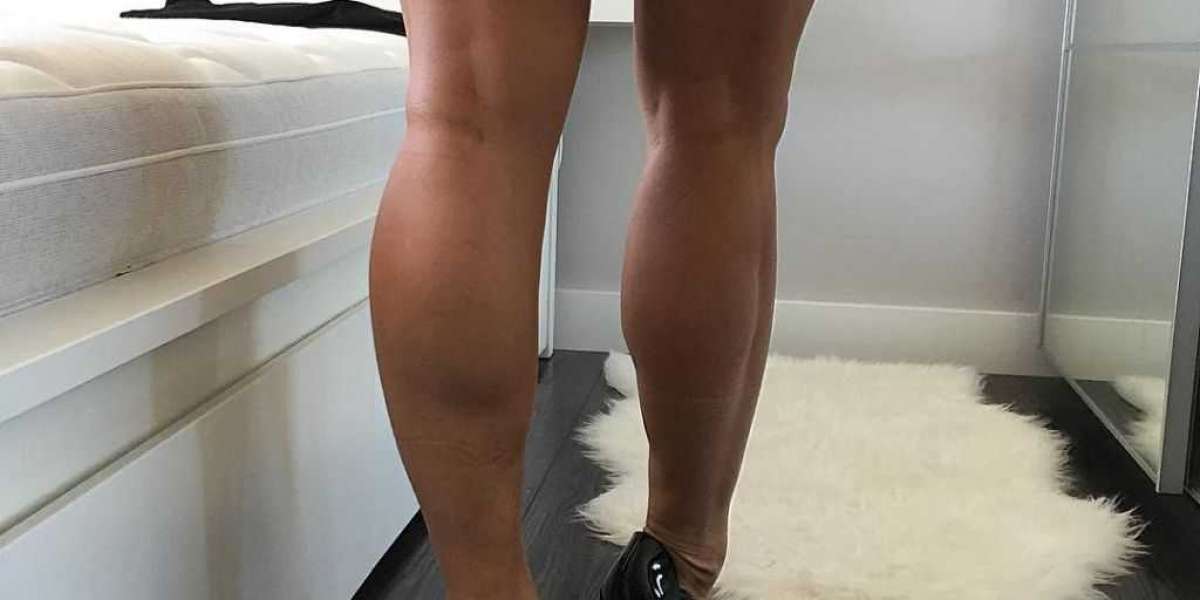Light Plot: Illuminating the Production
The light plot is the backbone of the lighting design paperwork. It showcases the position of each light, along with channel, gel/color, and instrument information. The plot serves as a reference for creating other crucial documents such as the Channel Hookup, Instrument Schedule, and more. Designers must make informed decisions while preparing the light plot, ensuring that every choice serves the production's vision and requirements.
see more about Lighting
Creating the light plot can be done either by hand or using computer software like Vectorworks, which has become an industry standard. Vectorworks offers an intuitive platform for designers to draft their plot efficiently. Students can even access a free educational version of the software.
Here are the basic steps to create a light plot:
- Collaborate with the director and other departments to establish the design vision.
- Determine focus points based on scenic draftings.
- Review equipment inventory and the number of dimmers.
- Decide on color ideas for each lighting system.
- Select appropriate lights for each system.
- Determine the ideal hanging positions for the lights.
- Integrate practical lights into the plot.
- Ensure sufficient dimmer counts for all lights, considering power needs.
- Label instrument channels and perform any necessary two-fers.
- Finalize gel color choices.
- Verify the accuracy of the fixture key/legend.
While these steps provide a baseline, each space presents its unique challenges. It's crucial to consult with the Master Electrician and gather their input before finalizing the plot.
Channel Hookup: Organizing Lighting Fixtures
The Channel Hookup is a comprehensive list of every lighting fixture in the production, arranged by channel number. This document helps the electrics team efficiently hang the lights according to their designated channels. Software like LightWright can auto-populate information from Vectorworks, streamlining the process and saving designers valuable time.
see more: Do LED Lights Attract Spiders? Unraveling the Truth
Instrument Schedule: Managing Hanging Positions
The Instrument Schedule organizes lighting fixtures by hanging position rather than channel number. Lights are sorted by unit number, with each electric having its own page. By consulting the instrument schedule, the crew can easily hang lights according to the desired order for each electric. This document proves particularly useful when hanging lights on a pipe or identifying the channel number of a light on a specific electric.
Color Schedule: A Palette of Lights
The Color Schedule provides an overview of all lights in the plot, organized based on their gel color. While less commonly used, this schedule helps determine the quantity of each color required for the production.
Section Drawing: Visualizing Space
A Section Drawing offers a side view of the theatre or performance space, as if it were cut down the middle. This drawing assists in understanding the vertical space, including trim height, hanging pipes, and lighting ladders.
Magic Sheet: The Designer's Cheat Sheet
The Magic Sheet, also known as a lighting cheat sheet, offers a simplified view of the lights hitting each focus area. Designers can choose to implement this digitally on the light board or as a hard copy. The magic sheet helps designers quickly reference which lights are illuminating specific areas during the production.
Lighting Cue List: Guiding the Show
The Lighting Cue List, or Cue Sheet, is a vital document that guides the execution of lighting cues throughout the show. Designers start compiling the cue list during preproduction and refine it during run-throughs. Each cue includes preliminary cue numbers, cue time, cue line or action, and brief notes for the designer. Providing the cue list to the Stage Manager before the tech rehearsals ensures the cues are properly written into the show.
Follow Spot Cue Sheets: Directing the Spotlights
Separate from the main cue sheet, Follow Spot Cue Sheets are specific to follow spot operators. These sheets inform the operators about upcoming cues, allowing them to anticipate their actions. Integrating regular cue numbers into the follow spot cue sheet helps operators synchronize their cues with the Stage Manager's call.
Frequently Asked Questions
Q: Are there any additional documents that might be helpful in lighting design?
A: Yes, in addition to the essential paperwork, designers may create cheat sheets for Color Palettes, Focus Palettes, Beam Palettes, and basic lighting looks. These cheat sheets serve as a quick reference when recalling presets instead of programming from scratch.
Q: Can I see real-world examples of lighting design paperwork?
A: To protect the design work of others, examples of lighting design paperwork can be shared on request. Please reach out to contact@everythingbackstage.com for more information.
As a lighting designer, mastering the art of paperwork is crucial to ensuring a seamless and visually captivating theatre production. By diligently preparing the light plot, channel hookup, instrument schedule, and other essential documents, designers set the stage for an unforgettable theatrical experience. So, let the lights shine and let the show begin!
see more: Edgar M Downs







